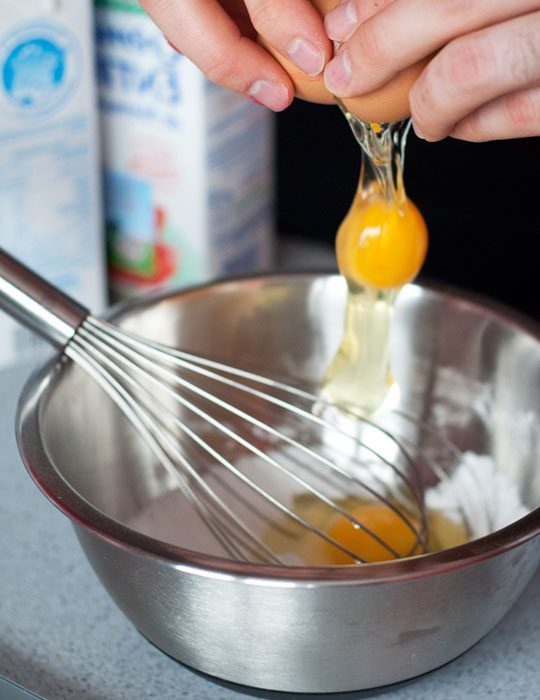
Like most people, when I was learning to cook I was completely stuck to recipes. While it was a good way to start learning various cooking methods and ingredients, I always ended up feeling frustrated: hard to find particular ingredients or what to do with leftovers…
Nowadays, as people look for quicker and easier ways to prepare their everyday meals at home, more and more are turning away from the rigidity of recipes and try a more spontaneous approach, where measures are approximations and ingredients can be replaced easily. Just like our parents and grandparents could make dinner every night by simply taking the ingredients on hand and cooking them with the techniques they knew.
We all learn by doing, but to make it a true learning experience when preparing a recipe, follow these few tips. Once few principle are understood, wether your are an inexperienced or veteran cook, you’ll be able to spread your culinary wings!
1. Pay attention to quantities: After you measure ingredients, add dry ingredients to the pan in handfuls (even salt can be shaken into the palm of your hand) to get a good feel for each amount. Notice how high liquid comes up in a soup pot, or how thickly oil coats a skillet. After a few times doing this, you’ll be able to eyeball amounts and may not have to measure at all.
2. Use all your senses: Most recipes give sensory guidelines for cooking such as “until softened” or “until fragrant.” Pay attention to how ingredients look, smell, and even sound (browning onions will begin to sizzle) and file the info away for future reference.
3. Cook from what you have: rather than going out trying to get what you need to cook and waste time. You only have rice, eggs and soy sauce? Go for an asian-style rice stir-fry! Also learn to cook according to the seasons; there is no point in using imported fruits and vegetables, when you’ll have them fresh from local producers in a few months.
4. Taste as you go: Your taste buds are the best judge of how a recipe will turn out. Don’t be afraid to add a pinch of salt, pepper, or sugar to round out flavors or adjust flavoring agents such as vinegar, herbs, and spices.
5. Practice, practice, practice again: Some of the best dishes are made by accident. When you’re tasting a finished dish, take a moment to analyze it. Is it a little bland for your taste? Too spicy? Do you prefer onions to leeks in a soup? Would you like more cashews in your stir-fry? Maybe you think your roasted veggies would taste better without the herbs. Make a mental note, and next time you make the dish, adjust accordingly. Once you’ve followed a recipe a few times, chances are, you’ll know it by heart. Eventually you ‘ll develop your own tastes for what you think would go together well.
Related articles:

